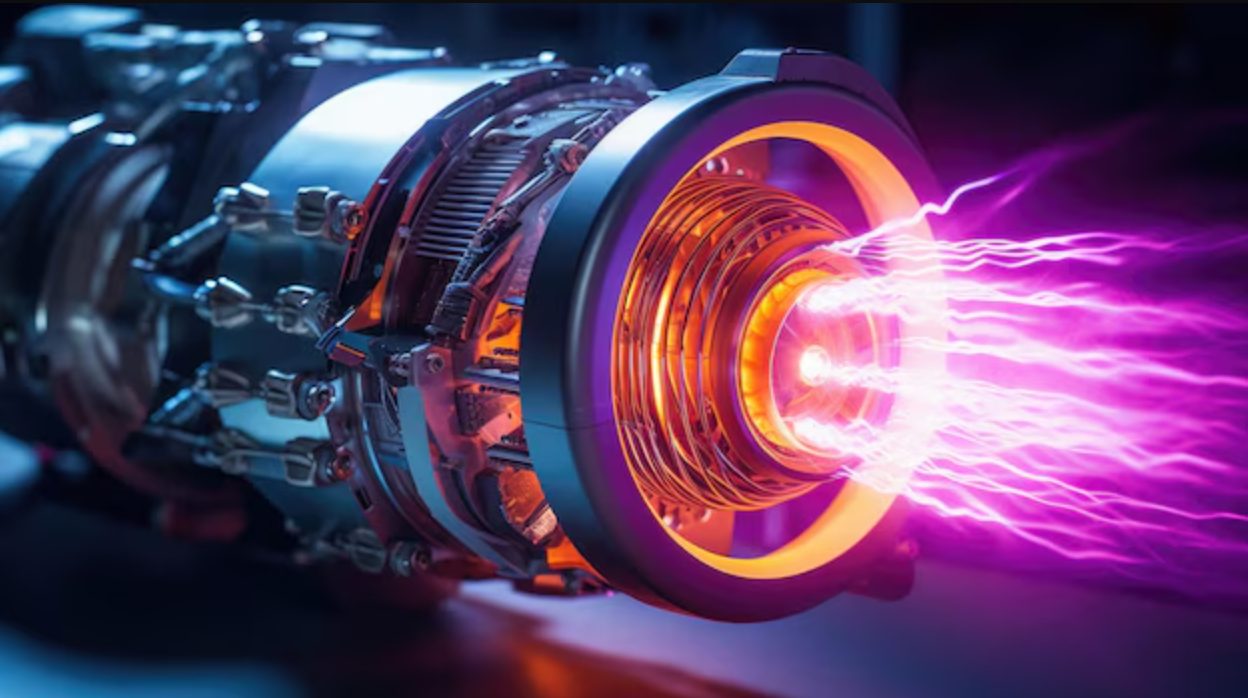Researchers unlock the secret to reversing age-related muscle decline
These breakthrough findings could lead to better therapies for those affected by muscle degeneration, aging, cancer, and muscular dystrophy.

At the heart of this research is an enzyme called GCN5, which plays a crucial role in maintaining the structural proteins of skeletal muscles. (CREDIT: CC BY-SA 4.0)
A new study from the University of Ottawa’s Faculty of Medicine sheds light on a potential breakthrough in treating muscle degeneration. The findings could lead to better therapies for those affected by aging, cancer, and muscular dystrophy.
At the heart of this research is an enzyme called GCN5, which plays a crucial role in maintaining the structural proteins of skeletal muscles. These muscles control essential functions such as breathing, posture, and movement.
The study, published in the Journal of Cell Biology, highlights how losing GCN5 weakens muscle resilience under physical stress.
Dr. Keir Menzies, a molecular biologist at uOttawa and the study’s senior author, emphasized the enzyme’s importance. “We found that if you delete GCN5 expression from muscle, it will no longer be able to handle extreme physical stress,” he explained. His team spent five years unraveling the enzyme’s impact on muscle health.
To explore this, researchers created genetically modified mice that lacked GCN5 in their muscles. This allowed them to observe how the enzyme affects cellular processes like metabolism and inflammation. Without it, the muscles showed a steep decline in function, particularly under physical strain.
To test this weakness, the team had the mice run downhill on a treadmill. This type of movement typically causes tiny muscle tears, which trigger growth and repair. But without GCN5, the muscles failed to recover, instead breaking down in a way that mimicked the effects of aging.
Wild-type mice, which retained normal GCN5 levels, handled the same exercise without issue. Their muscles adapted and repaired as expected. The stark contrast between the two groups underscored GCN5’s essential role in muscle resilience.
According to Dr. Menzies, these findings reflect what is seen in advanced aging and diseases like muscular dystrophy, where muscles progressively weaken.
This was further supported by human data, which showed a negative correlation between muscle fiber diameter and a multifunctional protein called Yin Yang 1. This protein, which plays a role in various cellular functions, was identified as a target of GCN5 in previous studies.
Related Stories
The most significant takeaway from the study was that GCN5 is responsible for promoting the production of key muscle proteins, particularly dystrophin. Dystrophin is the primary protein that maintains the integrity of muscle cells by acting as an anchor and shock absorber.
Without dystrophin, muscles become highly vulnerable to damage, leading to severe health consequences. Dr. Menzies emphasized, “Our publication shows that if you knock out GCN5, the one major thing we see is a lack of dystrophin, without seeing any real disruption of any other mechanisms.”
Interestingly, the study also confirmed that removing GCN5 doesn’t affect the mitochondria—the part of the cell responsible for producing energy—indicating that GCN5’s role in muscle health is more structural than metabolic.
These findings build upon previous research demonstrating the importance of dystrophin in maintaining muscle health and integrity. Dr. Menzies suggests that understanding GCN5’s function could help in the development of therapies for muscle degeneration in diseases like muscular dystrophy, as well as conditions related to aging.
He explained, “These findings may therefore be useful for the discovery of new therapeutics that regulate GCN5 activity, or its downstream targets, for maintaining healthy muscle during cancer, myopathies, muscular dystrophy, or aging.”
This research brings hope that future treatments targeting GCN5 could provide relief for those dealing with debilitating muscle disorders, offering a pathway to healthier aging and improved quality of life for many individuals.
What are the symptoms of muscle atrophy?
According to the Cleveland Clinic, the symptoms of muscle atrophy differ depending on the cause of your condition. The most obvious sign of muscle atrophy is reduced muscle mass. Other signs of muscle atrophy may include:
- One arm or one leg is smaller than the other.
- Weakness in one arm and or one leg.
- Numbness or tingling in your arms and legs.
- Trouble walking or balancing.
- Difficulty swallowing or speaking.
- Facial weakness.
- Gradual memory loss.
What causes muscle atrophy?
The cause of muscle atrophy depends on the type you have. Disuse (physiologic) atrophy is caused by not using your muscles enough. If you stop using your muscles, your body won’t waste the energy it needs to take care of them. Instead, your body will start to break your muscles down, which causes them to decrease in size and strength.
Disuse atrophy may affect you if you:
- Lead a sedentary lifestyle.
- Are malnourished.
- Don’t get enough exercise.
- Sit at a desk job all day.
- Are on best rest.
- Have a genetic disorder such as muscular dystrophy or Charcot-Marie-Tooth disease.
- Can’t move your limbs due to a stroke or other conditions such as dermatomyositis.
- Have age-related atrophy (sarcopenia).
Neurogenic atrophy is caused by an injury or disease affecting nerves that connect to your muscles. When these nerves are damaged, they can’t trigger the muscle contractions that are needed to stimulate muscle activity.
When your muscles don’t contract, your body thinks you don’t need them anymore. So your body starts breaking them down, which causes them to decrease in size and strength. Diseases and other conditions that can affect these nerves include:
- Amyotrophic lateral sclerosis (ALS).
- Guillain-Barre syndrome.
- Carpal tunnel syndrome.
- Polio.
- Spinal cord injury.
- Multiple sclerosis.
Note: Materials provided above by The Brighter Side of News. Content may be edited for style and length.
Like these kind of feel good stories? Get The Brighter Side of News' newsletter.
Joseph Shavit
Head Science News Writer | Communicating Innovation & Discovery
Based in Los Angeles, Joseph Shavit is an accomplished science journalist, head science news writer and co-founder at The Brighter Side of News, where he translates cutting-edge discoveries into compelling stories for a broad audience. With a strong background spanning science, business, product management, media leadership, and entrepreneurship, Joseph brings a unique perspective to science communication. His expertise allows him to uncover the intersection of technological advancements and market potential, shedding light on how groundbreaking research evolves into transformative products and industries.



